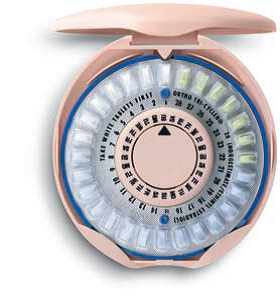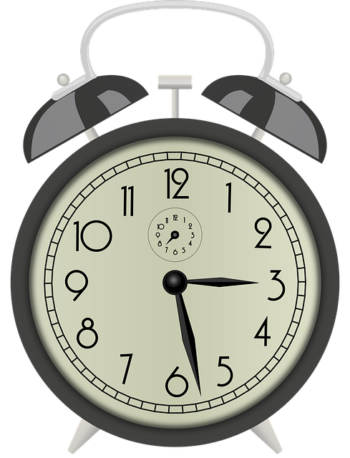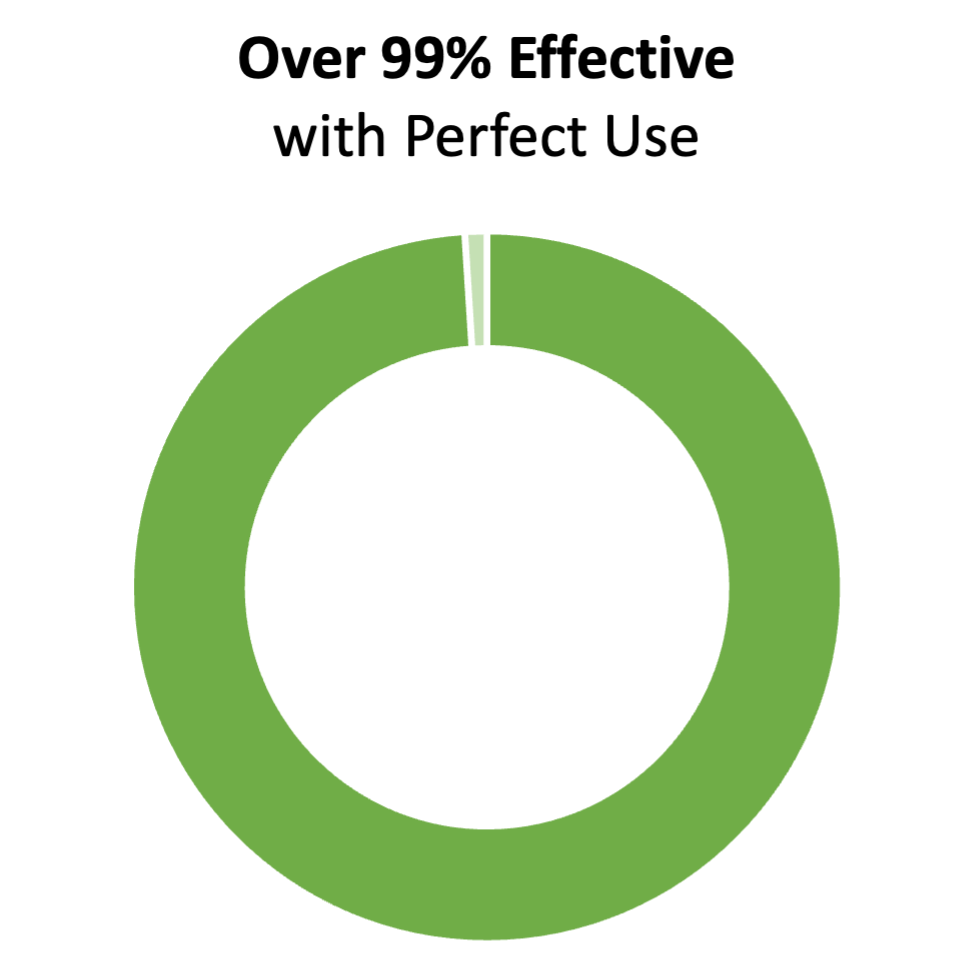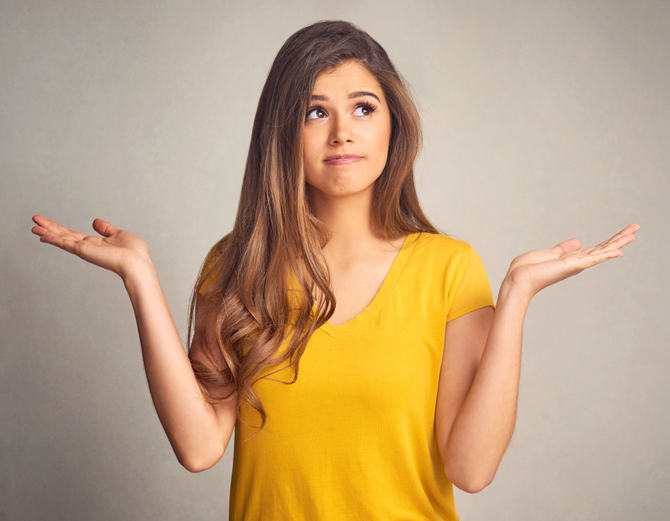The Pill
Quick Facts
Moderately effective
Doesn’t reduce your chances of getting an STI
Most pills must be taken at the same time each day
You need a prescription

More About the Pill
- The pill is the first thing that comes to mind for lots of people when they think about birth control.
- The pill, known as oral contraception, is the most common kind of birth control in the U.S.
- The pill has hormones that stop your ovaries from releasing eggs. They also thicken cervical mucus. This blocks sperm from ever getting to an egg. If sperm can’t get to an egg, you can’t get pregnant.
How to Use the Pill
Pills work best when taken at the same time every day. You must remember to take a pill every day. You should know what to do when you miss a pill. You can set a reminder on your phone to help you remember.
You need a prescription to get the pill. Therefore, the first step is to make an appointment with your provider.
You can get combined pills or progestin-only pills. The most common type is combined pills with estrogen and progestin. The combined pills come in 21 or 28-day packs. There is also a progestin-only pill, also known as the mini-pill. This pill comes in a 28 day pack. Your provider can help you choose the kind that’s best for you.



Effectiveness
- 93% effective with typical use. That is, on average, 7 out of 100 people using this method will get pregnant in a year. You can improve effectiveness by:
- Starting a new pack of pills on time
- Taking the pill at the same time every day. You can set a reminder on your phone to help you remember.
- More than 99% effective with perfect use. That is, if the pill is used correctly all the time, less than 1 out of 100 people will get pregnant in a year.
- Some medications and health issues may make the pill less effective. Talk to your provider to see if this might affect you.
Benefits
When used the right way all the time, the pill is a highly effective form of birth control. It can also have positive effects on your health and sex life.
- It’s easy to take.
- It can help shorten and lighten periods.
- It helps regulate menstrual period.
- It often helps clear up acne.
- It doesn’t interrupt the heat of the moment.
- It can help with cramps and PMS (premenstrual syndrome).
- It reduces your chances of getting several other health problems. E.g., certain cancers, anemia, ovarian cysts, and pelvic infections.


Side Effects and Limitations
Most side effects go away on their own, so give it some time. Many people have no side effects at all. If your side effects still bother you after 3 months, talk with your provider about switching to something that works better for you. Just make sure to stay protected by starting a new method right away.
Possible side effects (usually goes away in 2-3 months):
- Spotting or bleeding between periods
- Nausea
- Breast tenderness
- A change in your sex drive
Limitations:
- You need to remember to take it every day.
- Not recommended for people 35 and older who smoke
- Doesn’t reduce your chances of getting sexually transmitted infections (STIs)
Family PACT Coverage
If you are eligible, Family PACT covers the cost of the pill. A provider can help you decide if the pill is the best option for you, and help you choose which kind of pill to use.